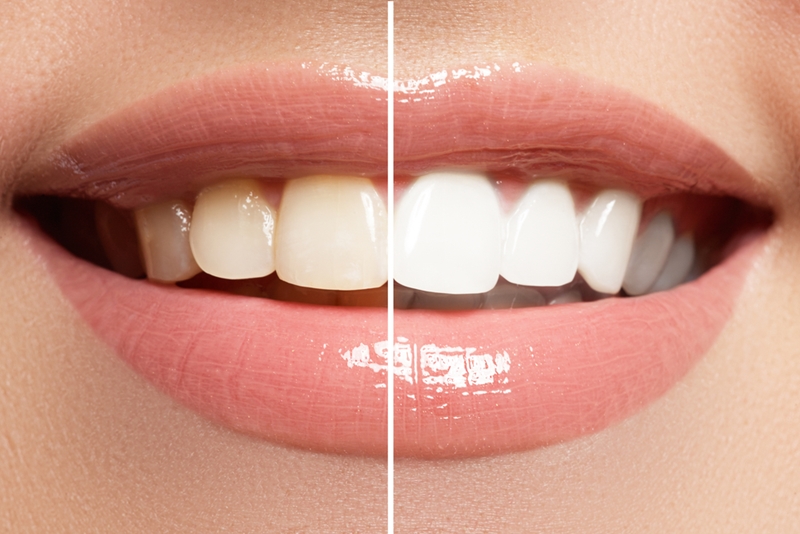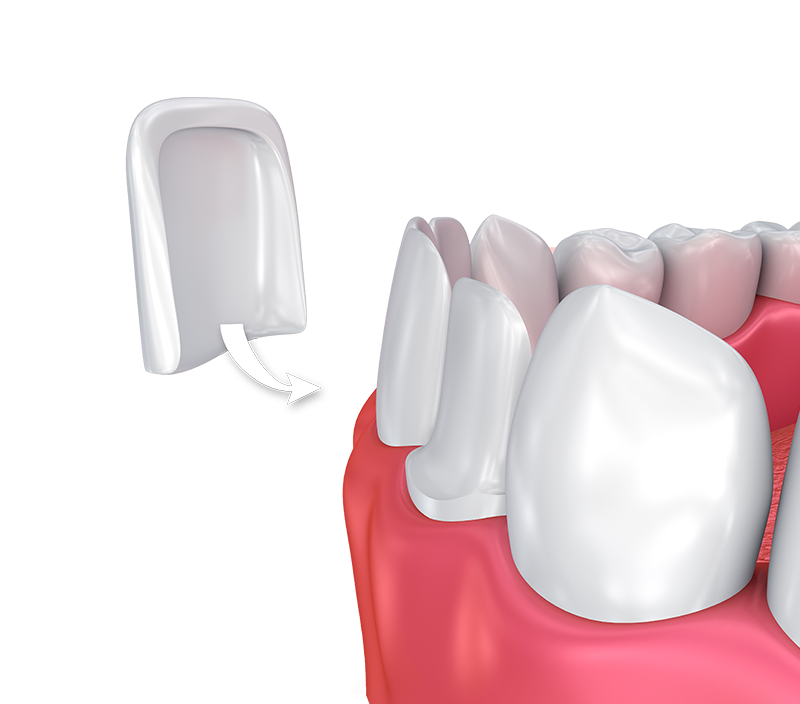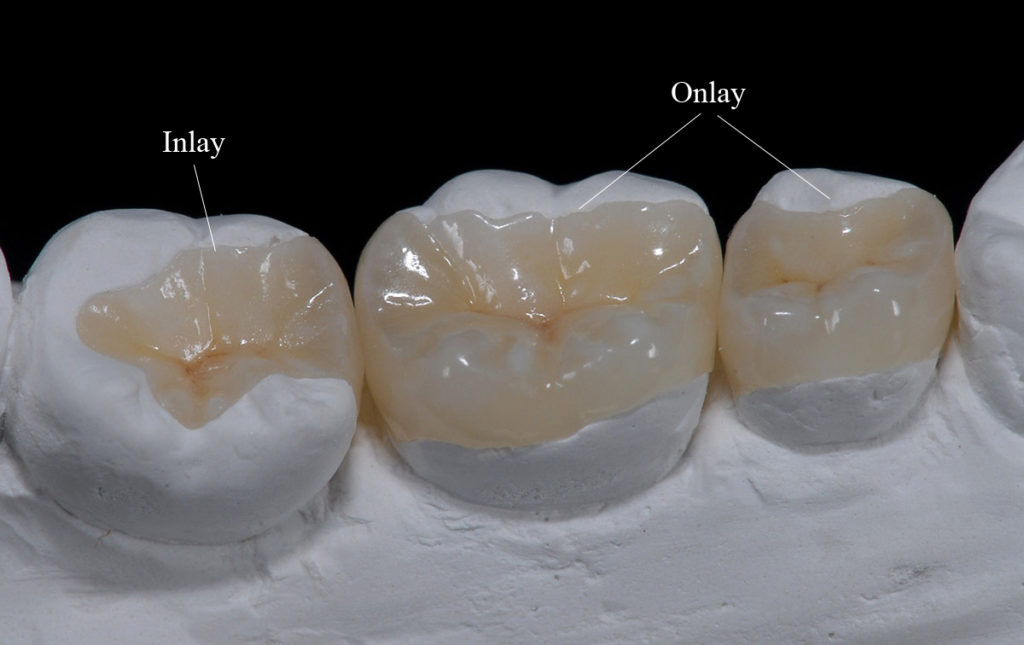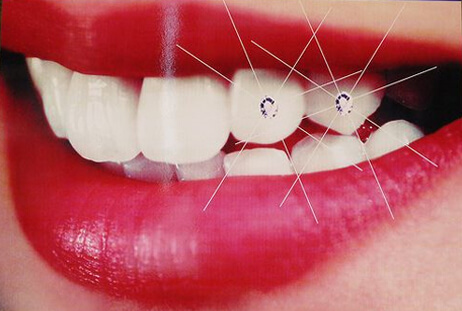Cosmetic Dentistry Treatments Clinic in Gurgaon
White Smile provides the best treatment for teeth Whitening, Oral Surgery, Bonding, and more dental care. Connect with Our specialists for cosmetic dentistry in Gurgaon.
What is cosmetic dentistry?
Smile design, teeth whitening and Cosmetic dentistry Treatments
Who doesn’t want a perfect smile? While few people have one naturally, almost anyone can get one with the help of a dentist. From subtle changes to major repairs, your dentist can perform a variety of procedures to improve your smile. There are many techniques and options to treat teeth that are discolored, chipped, misshapen or missing. Your dentist can reshape your teeth, close spaces, restore worn or short teeth or alter the length of your teeth.
Cosmetic dental procedures include -
Bleaching or teeth whitening
In bleaching or teeth whitening procedure the teeth are cleaned and lightened using laser light treatment and it also removes stains and discoloration, improving the overall beauty of the smile in a cosmetic way. Teeth whitening or teeth bleaching is among the most popular and affordable cosmetic dental procedures because it can greatly improve how your teeth look. Most dentists perform this affordable, laser light treatment to make the teeth white for sparkling smile enhancement.

What factors affect the color of my teeth?
Some people are born with teeth that are more yellow than others. Others have teeth that yellow with age. Your natural tooth color can also be affected by many factors. Surface stains (called extrinsic stains by dentists) and discoloration can be caused by -
- Tobacco (whether smoked or chewed)
- Drinking coffee, tea, or red wine
- Eating highly pigmented foods such as cherries and blueberries
- Accumulation of tartar deposits, which result from plaque that has hardened
Internal stains (called intrinsic stains by dentists) can be caused by -
- Treatment with the antibiotic tetracycline during the time when teeth are forming
- Yellowing or graying of the teeth as part of the ageing process
- Trauma to the tooth that may result in the death of the tooth’s nerve, giving the tooth a brown, gray or black color
- Ingesting too much fluoride when teeth are forming (from birth to age 16), which gives teeth a “mottled” look.
How does tooth whitening work?
Whitening (bleaching) can be done either in a dentist’s office or at home, using a system dispensed by your dentist. Both methods use teeth-bleaching gels that oxidize out the stain. It’s not uncommon for teeth to become slightly sensitive during the whitening process.
In-office whitening
This procedure takes from 30 minutes to one hour per visit, and you may have to return for visits to achieve the desired whiteness. To protect your mouth, a gel-like substance may be applied to your gums and a rubber “shield” may be placed around the necks of the teeth. An oxidizing agent (the bleaching solution) is then applied to your teeth. Sometimes, a special light is used at five-minute intervals to help activate the whitening agent. You will need one to three appointments depending on your oral status. The number of visits will depend on how severe your stains and discoloration are and how white you want your teeth to be as a result of this surgery. Different types of stains and discoloration respond differently to the whitener and treatment.

If you find that your gums are white or sore, follow up with your dentist. The stains will come back if you smoke or consume a lot of staining foods or drinks. In such cases you may see the whiteness start to fade in as little as one month. If you avoid these sources of staining, you and your near and dear ones will enjoy your sparkling smile for 12 to 18 months.
While a disadvantage of any teeth whitening process is that its effects will fade with time, a benefit of whitening in general is that as a process it makes no structural changes to a tooth. At some point in the future you can decide to or decide not to undergo the teeth whitening process again. Either choice is entirely optional and this leeway may make teeth whitening the best solution for your cosmetic needs.
To the contrary, having porcelain veneers or dental crowns placed means that there will always need to be a porcelain veneer or dental crown on the tooth. So, if a crown or veneer comes off, breaks, or just deteriorates from a standpoint of its appearance, another crown or veneer will need to be made. (You will have to ask your dentist for details regarding your specific situation but in general this applies to dental bonding as well.
Dental Bonding
Dental bonding might be utilized as a way to improve the appearance of a cosmetic defect found on the surface of a tooth, to replace tooth structure that has chipped away or broken, or to repair damage caused by tooth decay. At an extreme, this technique can be used to resurface the entire front side of a tooth so to improve its cosmetic appearance. Bonding can fix crooked, gapped or badly stained teeth.

Dental Bonding is used to -
- Reshape teeth
- Fix crooked teeth
- Close unwanted gaps
- Cover (and whiten) badly stained teeth
Bonding is tooth-colored material used to fill in gaps or change the color of teeth. Requiring a single clinic visit, bonding lasts several years. Bonding is more susceptible to staining or chipping than other forms of restoration. When teeth are chipped or slightly decayed, bonded composite resins may be the material of choice. Bonding also is used as a tooth-colored filling for small cavities. Additionally, it can be used to close spaces between teeth or cover the entire outside surface of a tooth to change its color and shape
To the contrary, having porcelain veneers or dental crowns placed means that there will always need to be a porcelain veneer or dental crown on the tooth. So, if a crown or veneer comes off, breaks, or just deteriorates from a standpoint of its appearance, another crown or veneer will need to be made. (You will have to ask your dentist for details regarding your specific situation but in general this applies to dental bonding as well.
How is it done?
- Cosmetic dentistry treatments – Your dentist will use a shade guide to select the composite resin color that will match the color of the tooth most closely.
- Once your dentist has chosen the color, he or she will slightly abrade or etch the surface of the tooth to roughen it. The tooth will be coated lightly with a conditioning liquid, which helps the bonding material adhere.
- When the tooth is prepared, your dentist will apply the tooth-colored, putty-like resin. The resin is moulded and smoothed until it’s the proper shape. Then the material is hardened with an ultraviolet light or laser.
- After the bonding material hardens, your dentist will further trim and shape it. Then he or she will polish the material until it matches the sheen of the rest of the tooth surface.
- It usually takes about 30 minutes to an hour to complete the procedure. If you’re having more than one tooth done, you may need to schedule several visits.
- Tea, coffee, cigarette smoke and other substances can stain the resin. To prevent or minimize stains, it’s essential to avoid eating or drinking foods that can stain for the first 48 hours after any composite procedure. In addition, brush your teeth often and have them cleaned regularly by a dentist.
Porcelain Veneers
Smile makeovers use porcelain veneers to dramatically improve a smile. Porcelain veneers are strong and natural-looking, and they can change the shape, color and alignment of your teeth. Veneers are thin pieces of porcelain which are bonded to the front surface of your teeth. Veneers are used to improve the aesthetic appearance of teeth, to eliminate the gaps between teeth, or address the problems of a “gummy” smile as well as short or small teeth. They are often used as an alternative to correcting misaligned teeth with lengthy orthodontic procedures. There are two types of materials used to fabricate a veneer; composite resin and dental porcelain. A composite resin veneer is directly placed (built-up in the mouth) by the Dentist. In contrast, a porcelain veneer is indirectly fabricated by a dental technician in a dental laboratory and later bonded to the tooth by the Dentist.

Veneers can be used for -
- Smile makeovers
- Discoloured teeth
- Fractured teeth
- Malpositioned teeth
- Closing spaces between teeth
- To lengthen short teeth
Tooth Colored Inlays & Onlays
Porcelain inlays and onlays are state-of-the-art, conservative dental restorations. Traditional fillings can reduce the strength of a natural tooth by up to 50%. As an alternative, inlays and onlays, being bonded directly onto the tooth using special high-strength resins, can actually increase the strength of a tooth by up to 75%. Dental Inlays and Onlays can be thought of as dental procedures that are midway between a dental filling and a dental crown. They are normally used when there is not enough tooth structure to support a filling, yet there is also not enough damage to support a dental crown.

Materials for inlays and onlays -
Cosmetic dentistry treatments – Dental inlays lie within the cusps on the chewing surface of teeth. A dental onlay, on the other hand, is more extensive than a dental inlay, and tends to cover multiple cusp areas. Both can be composed of gold, resin or ceramics. These pieces are bonded to the damaged area of the tooth. Traditionally, gold has been the material of choice for inlays and onlays. In recent years, however, porcelain has become increasingly popular due to its strength and color, which can potentially match the natural color of your teeth. Inlays and onlays are applied in two dental visits. At the first visit, the old filling, or decay, is removed, and the tooth is prepared for the inlay / onlay. The dentist will then make an impression of the tooth, and send this impression to a dental laboratory. This impression will be used by the laboratory to construct a custom.
Tooth Jewellery
The beauty of a dazzling white smile can be further enhanced by use of “Tooth Jewellery”. These jewels are made of crystal glass and are available in two different colors- crystal and sapphire blue. They are glued to the front surfaces of the upper anterior teeth. Placing these stones is a very brief procedure but it goes a long way in getting you that dazzling smile!


